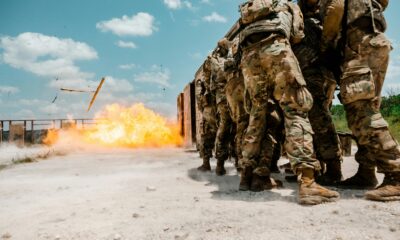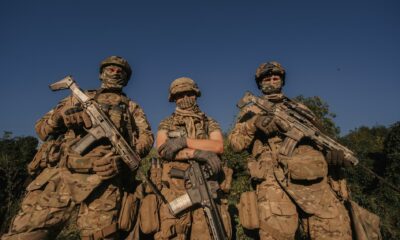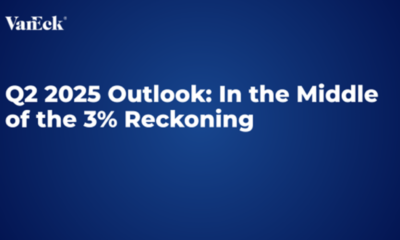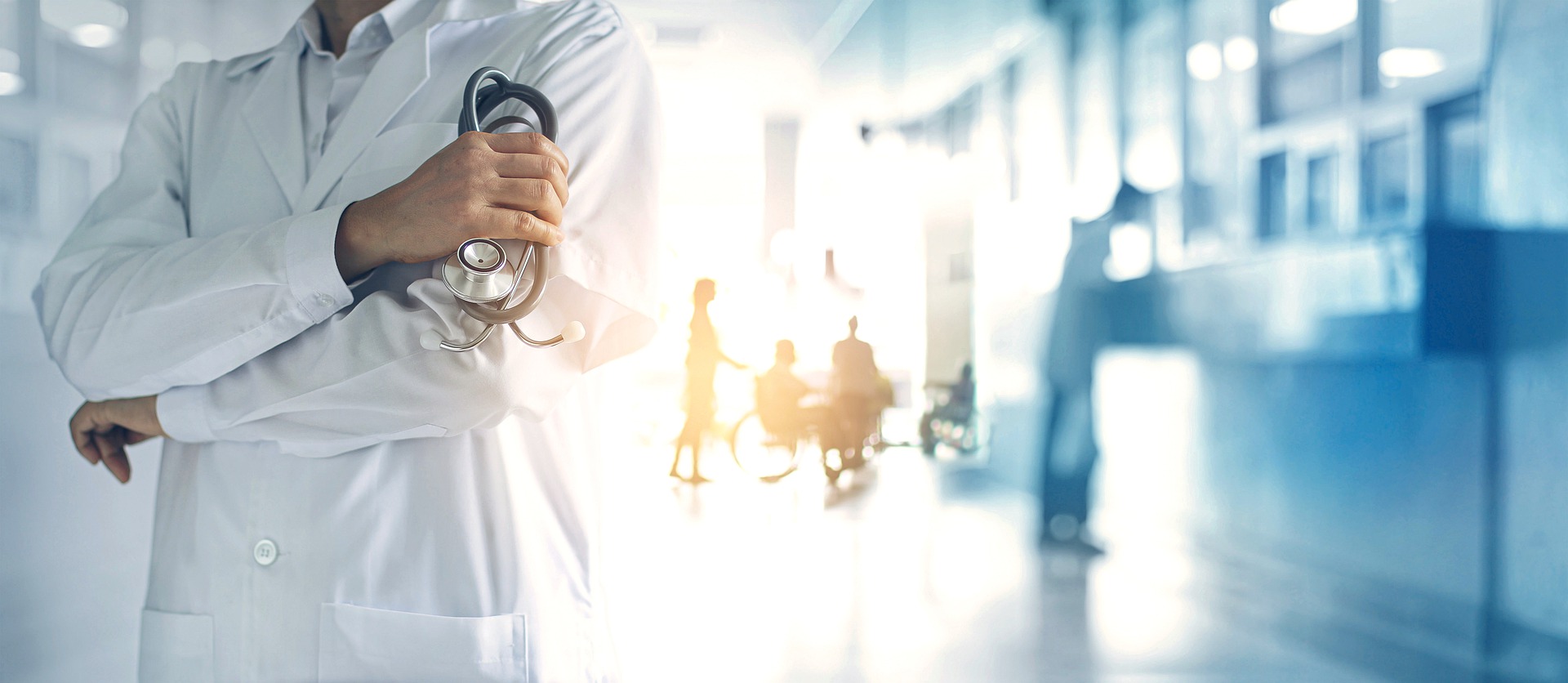Oil Market’s Shifting Supply and Demand Fundamentals Natural Resources by Van Eck TOM BUTCHER: Shawn, thus far in 2016, have supply and demand fundamentals in the oil market shifted as you expected them to?
SHAWN REYNOLDS: We believe that there is no doubt that the oil market’s supply and demand fundamentals are coming into place and will tighten through the end of the year. However, we think the timing is unclear in terms of how fast or slow this will happen, but we are likely to see tightening later in the year. The biggest surprise has been the depth of the changes at hand, which have created a sense that tightening might happen quicker than expected; but in our opinion, tightening is certainly going to last for some time.
When we talk about the depth of changes, we refer to the rig counts here in the U.S., which have fallen 78%. That is unprecedented in the time that we have been counting rigs drilling in the U.S., which began in the 1970s. We also look at activity levels and investment levels overseas.
https://www.youtube.com/embed/7vEKHMjVq6s
Declining Rig Counts Across the Globe U.S. Count Down 78%
Source: Bloomberg, as of March 2016.
If we look more closely at integrated oil companies and consider that they cut capital investment plans by 25% in 2015, and are expected to cut another 25% in 2016, we again find that there has been no precedent. These developments have never been experienced in the history of the modern oil industry. While things are more or less playing out as we expected, there are certainly some surprises. They may be taking place slowly now, during the first part of the year, but they will likely speed up and endure for some time in terms of upside price correction.
BUTCHER: What might be some of the long-term effects of those capital investment cuts on the integrated oil companies?
Big Oil Projects Postponed or Canceled
REYNOLDS: It has been staggering to observe the reactions from the integrated companies. Obviously, many headlines focus on U.S. oil shale and the rig count reduction of 78%. If you dig into the volumes that are connected with these two major changes taking place, the E&P (exploration and production) companies and the integrated oil companies will not experience equivalent impact. The potential impact on the integrated oil companies will be significantly larger and longer term.
What do these reductions in capital investments entail? They mean big projects being canceled or postponed. If you add it all up, we’re looking at somewhere between 6-13 million barrels a day of projects being postponed or canceled. These projects were slated to take place between 2014 and 2020 and now they are off the shelf until post 2020, if at all.
We are seeing big projects being canceled by individual companies. For example, Petrobras [Brazil’s Petróleo Brasileiro S.A], or Royal Dutch Shell [Netherlands], or Chevron [U.S.], or Total [France]. Every single one of these multi-national companies is canceling major projects. For example, the French company Total has not approved any major projects in 2014 or 2015 and will likely not approve anything in 2016; and it has nothing on the docket for 2017. Royal Dutch Shell hasn’t approved anything since 2013, except for one project in the deepwater Gulf of Mexico.
Integrated Cos. Likely to Suffer Multi-Year Declines in Production
This activity is unprecedented, and we believe it sets up a situation where the oil production of integrated companies, which has grown slowly over the years but is still growing, will begin to decline. We expect a multi-year decline that may not begin until later in 2016 or perhaps early 2017. By late 2017, and certainly for several years thereafter, we are likely to see a very methodical decline in overall supply. This will heavily impact the overall oil market.
BUTCHER: For oil and gas exploration and production companies, what characteristics have enabled the successful ones to survive?
Geology, Technology, and a Healthy Balance Sheet are Critical
REYNOLDS: There are companies that are surviving and thriving. Identifying these strong companies is an important part of our process. We have always looked for a special set of characteristics that allows important and steady structural growth.
What specifically do we look for? We spend time identifying companies with the right acreage and the right geology. That’s something we do every day. We look at individual oil well results, and try to figure out what are the sweet spots for a given location. Sometimes consensus is that everybody knows exactly where the sweet spot is; but if you’re off by a few miles or a few counties, it can make a significant difference in who actually has the best rock. Therefore, we spend a great deal of time looking for the companies with the best rock. That is number one.
Technology Should be Part of the Company’s DNA
Number two is technology. The shale phenomenon in the U.S. is all about evolutionary technology and taking it step-by-step, tweaking small aspects of the technology in order to increase reserve bases, increase production rates, lower costs, and raise returns. We are always looking for companies that incorporate this process as part of its DNA or culture, and not something they’re just pulling off the shelf to try because it worked for someone else. It is the scientific culture at the heart of a company that is key in making shale production economic and taking it to the next step in terms of adding unexpected amounts of reserves.
Balance Sheet Strength Fosters Innovation
Number three is does the company have the balance sheet, the financial wherewithal to try different ideas? Obviously, if you are squeezed on your cash flow or your balance sheet is stretched, you are not willing or able to try different technologies or methods. You are not likely to risk trying something different and potentially see it fail, only to end up with a dry hole. That kind of outcome is really unacceptable, especially in this environment. But if you do have a strong balance sheet, you’re willing to try something new. We have always looked for this profile, and it is especially important in this environment. Last summer, balance sheets became even more critical, not only in terms of flexibility and the ability to try new technologies, but also in terms of simple survival. Can the company survive tough times when the price of oil is low?
The three characteristics we have always considered are the acid base or the geology, technology, and the balance sheet. This approach has paid dividends during this downturn and certainly in the early part of this year.
BUTCHER: Thank you.
by Shawn Reynolds, Portfolio Manager
Reynolds has more than 30 years of experience covering the energy sector. Before his career in finance, Reynolds worked as an exploration geologist and earned degrees in geology and engineering.
IMPORTANT DISCLOSURE
This content is published in the United States for residents of specified countries. Investors are subject to securities and tax regulations within their applicable jurisdictions that are not addressed on this content. Nothing in this content should be considered a solicitation to buy or an offer to sell shares of any investment in any jurisdiction where the offer or solicitation would be unlawful under the securities laws of such jurisdiction, nor is it intended as investment, tax, financial, or legal advice. Investors should seek such professional advice for their particular situation and jurisdiction. You can obtain more specific information on VanEck strategies by visiting Investment Strategies.
The views and opinions expressed are those of the speaker(s) and are current as of the posting date. Commentaries are general in nature and should not be construed as investment advice. Opinions are subject to change with market conditions. All performance information is historical and is not a guarantee of future results.
Please note that Van Eck Securities Corporation offers investment portfolios that invest in the asset class(es) mentioned in this post and video. You can lose money by investing in a commodities fund. Any investment in a commodities fund should be part of an overall investment program, not a complete program. Commodities are assets that have tangible properties, such as oil, metals, and agriculture. Commodities and commodity-linked derivatives may be affected by overall market movements and other factors that affect the value of a particular industry or commodity, such as weather, disease, embargoes or political or regulatory developments. The value of a commodity-linked derivative is generally based on price movements of a commodity, a commodity futures contract, a commodity index or other economic variables based on the commodity markets. Derivatives use leverage, which may exaggerate a loss. A commodities fund is subject to the risks associated with its investments in commodity-linked derivatives, risks of investing in wholly owned subsidiary, risk of tracking error, risks of aggressive investment techniques, leverage risk, derivatives risks, counterparty risks, non-diversification risk, credit risk, concentration risk and market risk. The use of commodity-linked derivatives such as swaps, commodity-linked structured notes and futures entails substantial risks, including risk of loss of a significant portion of their principal value, lack of a secondary market, increased volatility, correlation risk, liquidity risk, interest-rate risk, market risk, credit risk, valuation risk and tax risk. Gains and losses from speculative positions in derivatives may be much greater than the derivative’s cost. At any time, the risk of loss of any individual security held by a commodities fund could be significantly higher than 50% of the security’s value. Investment in commodity markets may not be suitable for all investors. A commodity fund’s investment in commodity-linked derivative instruments may subject the fund to greater volatility than investment in traditional securities.
Investing involves risk, including possible loss of principal. An investor should consider investment objectives, risks, charges and expenses of any investment strategy carefully before investing. No part of this material may be reproduced in any form, or referred to in any other publication, without express written permission of Van Eck Securities Corporation.

 Nyheter4 veckor sedan
Nyheter4 veckor sedan
 Nyheter3 veckor sedan
Nyheter3 veckor sedan
 Nyheter4 veckor sedan
Nyheter4 veckor sedan
 Nyheter3 veckor sedan
Nyheter3 veckor sedan
 Nyheter3 veckor sedan
Nyheter3 veckor sedan
 Nyheter3 veckor sedan
Nyheter3 veckor sedan
 Nyheter3 veckor sedan
Nyheter3 veckor sedan
 Nyheter2 veckor sedan
Nyheter2 veckor sedan
























